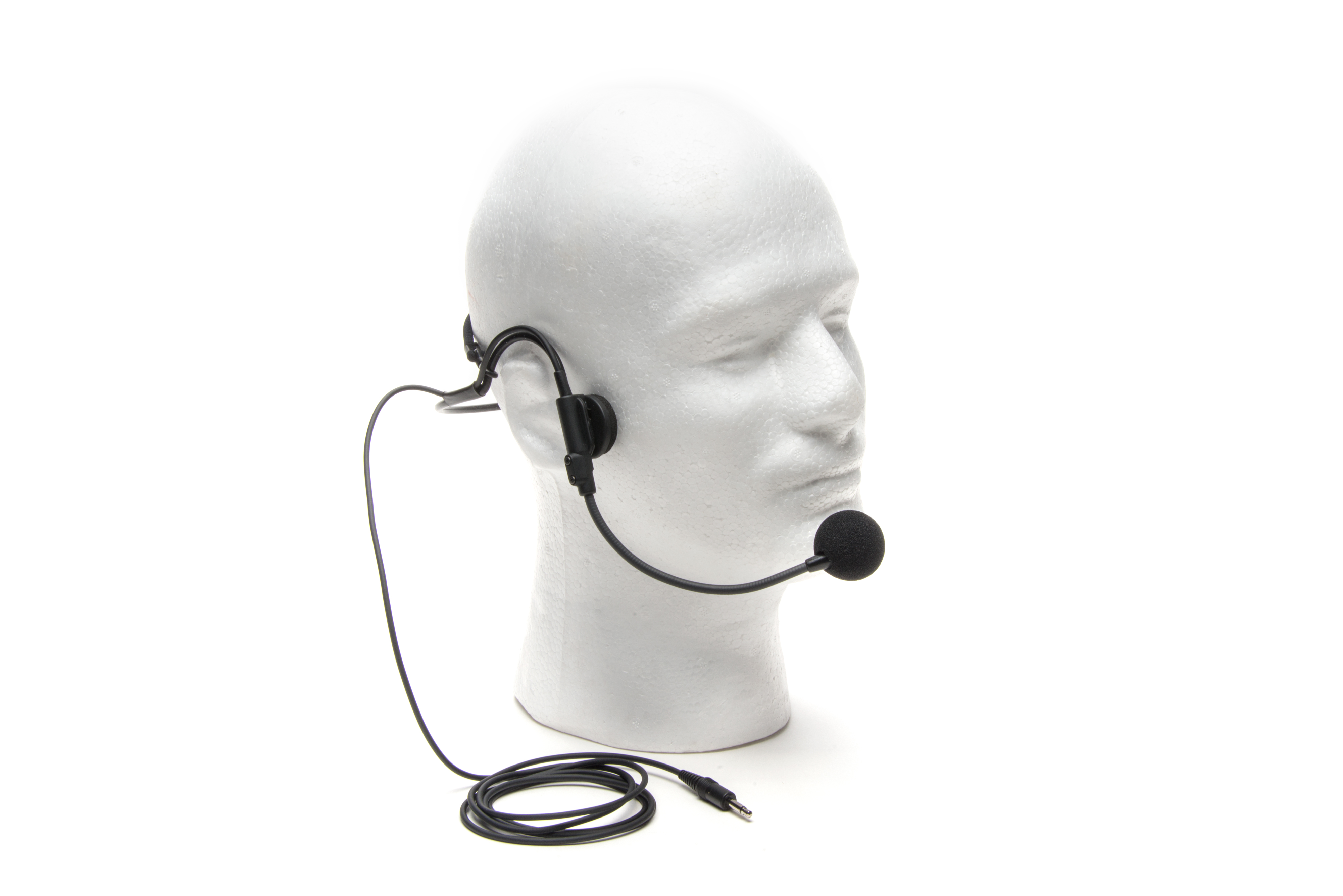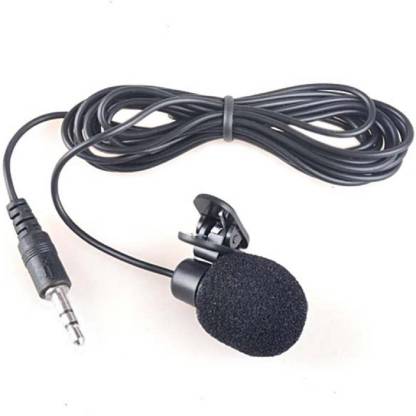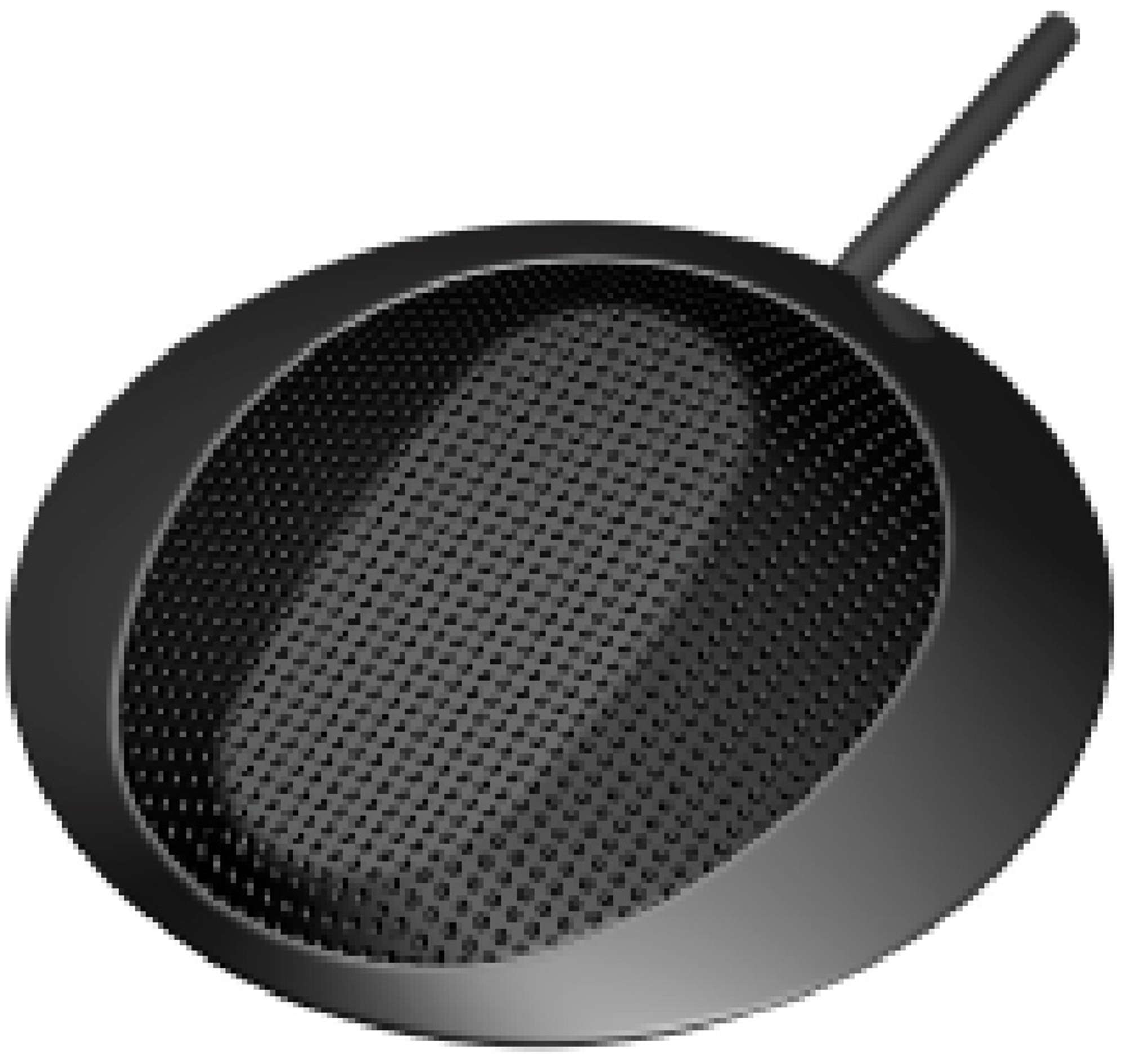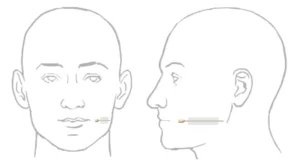As a writer with expertise in the field of theatre, I am excited to share my insights on the types of microphones used in theatre productions. Microphones play a crucial role in theatre as they amplify the voice of the performers and help the audience understand the dialogue clearly. In this article, we will explore the various types of microphones used in theatre and their unique features.
Microphones in Theatre
In theatre, a microphone is an essential tool that helps amplify sound and ensures that the audience can hear everything clearly. Without microphones, it would be difficult for actors to project their voices and for the audience to hear the dialogue. In this article, we will discuss the different types of microphones used in theatre, microphone placement, microphone techniques, maintenance, and care of microphones.
Types of Microphones Used in Theatre
There are three main types of microphones used in theatre: dynamic microphones, condenser microphones, and ribbon microphones. Dynamic microphones are the most common type of microphone used in theatre.

Condenser Microphones
Condenser microphones are the most commonly used microphones in theatre productions. They are known for their high sensitivity and accuracy in capturing sound. These microphones work by using a diaphragm that vibrates in response to sound waves, creating an electrical signal that is then amplified. They are ideal for capturing vocals and instruments with a high-frequency range, making them perfect for musicals and concerts.

Dynamic Microphones
Dynamic microphones are known for their durability and ability to handle high sound pressure levels. They work by using a diaphragm attached to a coil that moves within a magnetic field, creating an electrical signal. These microphones are ideal for loud or percussive sounds, making them perfect for plays and productions with a lot of action.

Ribbon Microphones
Ribbon microphones are known for their warm and natural sound. They work by using a thin piece of metal ribbon suspended between magnets, which vibrates in response to sound waves. These microphones are ideal for capturing the sound of acoustic instruments and vocals.

Wireless Microphones
Wireless microphones are popular in theatre productions as they allow for freedom of movement and eliminate the need for cables. These microphones work by transmitting signals through radio waves to a receiver, which then amplifies the sound. They are ideal for musicals and productions with a lot of movement.

Headset Microphones
Headset microphones are worn around the head, with a microphone placed close to the mouth. These microphones are ideal for productions with a lot of movement or dance, as they allow for freedom of movement while still capturing clear audio. They are also useful for performers who need to use their hands for other tasks while speaking or singing.

Lavalier Microphones
Lavalier microphones are small microphones that can be clipped onto clothing or hidden in costumes. They are ideal for productions where microphones need to be discreet or hidden from view. These microphones are also useful for actors who need to move around the stage freely while speaking or singing.

Shotgun Microphones
Shotgun microphones are highly directional and can be used to capture audio from a specific direction or location. These microphones are ideal for capturing sound from a distance or in outdoor productions where other sounds may interfere with the audio.

PZM Microphones
PZM (Pressure Zone Microphone) microphones are designed to be placed on a flat surface and capture sound through the pressure zone created by the surface and the microphone. These microphones are ideal for capturing sound from a specific location, such as a podium or a table.

Boundary Microphones
Boundary microphones are similar to PZM microphones in that they are designed to be placed on a surface. However, they use a special design to capture sound from a wider area than PZM microphones. These microphones are ideal for capturing audio in large rooms or auditoriums.

Carbon Microphones
Carbon microphones are one of the oldest types of microphones and are rarely used in modern theatre productions due to their low sound quality. They work by using a carbon element that vibrates in response to sound waves, creating an electrical signal. These microphones are sensitive to noise and have a limited frequency range, making them unsuitable for most theatre productions.

Placement of Microphones
Microphone placement is crucial in theatre. The placement of microphones can affect the quality and clarity of the sound. On-body microphones are placed on the actor’s body, usually on their clothing, and are used to amplify their voice. Overhead microphones are suspended above the stage and are used to capture the sound of the entire stage. Hidden microphones are placed in props or set pieces and are used to capture specific sound effects.
Wireless Microphones
Wireless microphones are popular in theatre because they allow actors to move freely around the stage without being restricted by cables. Wireless microphones have many advantages, including increased mobility and flexibility. However, they also have some disadvantages, such as the risk of interference and the need for a clear signal.
Microphone Techniques
There are several microphone techniques used in theatre. Close-miking involves placing the microphone close to the actor’s mouth to capture their voice. Distance-miking involves placing the microphone further away from the actor to capture the sound of the entire stage. Stereo-miking involves using multiple microphones to create a stereo effect.
Maintenance and Care of Microphones
Proper maintenance and care of microphones are essential to ensure their longevity and quality performance. Cleaning the microphones regularly with a soft cloth and storing them in a safe, dry place is crucial to avoiding damage and maintaining their quality.
FAQs
Can dynamic microphones be used for recording in theatre?
Yes, dynamic microphones are commonly used in theatre recording.
Are wireless microphones more expensive than wired microphones?
Yes, wireless microphones are generally more expensive than wired microphones.
Can ribbon microphones be used for vocals in theatre?
Yes, ribbon microphones can be used for vocals in theatre, but they are more delicate and expensive than other types of microphones.
How often should microphones be cleaned?
Microphones should be cleaned regularly, at least once a week.
Can hidden microphones be used for amplifying actors’ voices?
Yes, hidden microphones can be used for amplifying actors’ voices, but they are mainly used for capturing specific sound effects. On-body microphones are more commonly used for amplifying actors’ voices.
Conclusion
In conclusion, microphones are an essential tool in theatre that helps ensure that the audience can hear everything clearly. By understanding the different types of microphones, microphone placement, microphone techniques, and maintenance and care of microphones, theatre professionals can ensure that sound quality is not compromised. With proper use and care, microphones can help create a more immersive and enjoyable experience for the audience.
As a writer with expertise in the field of theatre, I am excited to share my insights on the types of microphones used in theatre productions. Microphones play a crucial role in theatre as they amplify the voice of the performers and help the audience understand the dialogue clearly. In this article, we will explore the various types of microphones used in theatre and their unique features.
Microphones in Theatre
In theatre, a microphone is an essential tool that helps amplify sound and ensures that the audience can hear everything clearly. Without microphones, it would be difficult for actors to project their voices and for the audience to hear the dialogue. In this article, we will discuss the different types of microphones used in theatre, microphone placement, microphone techniques, maintenance, and care of microphones.
Types of Microphones Used in Theatre
There are three main types of microphones used in theatre: dynamic microphones, condenser microphones, and ribbon microphones. Dynamic microphones are the most common type of microphone used in theatre.

Condenser Microphones
Condenser microphones are the most commonly used microphones in theatre productions. They are known for their high sensitivity and accuracy in capturing sound. These microphones work by using a diaphragm that vibrates in response to sound waves, creating an electrical signal that is then amplified. They are ideal for capturing vocals and instruments with a high-frequency range, making them perfect for musicals and concerts.

Dynamic Microphones
Dynamic microphones are known for their durability and ability to handle high sound pressure levels. They work by using a diaphragm attached to a coil that moves within a magnetic field, creating an electrical signal. These microphones are ideal for loud or percussive sounds, making them perfect for plays and productions with a lot of action.

Ribbon Microphones
Ribbon microphones are known for their warm and natural sound. They work by using a thin piece of metal ribbon suspended between magnets, which vibrates in response to sound waves. These microphones are ideal for capturing the sound of acoustic instruments and vocals.

Wireless Microphones
Wireless microphones are popular in theatre productions as they allow for freedom of movement and eliminate the need for cables. These microphones work by transmitting signals through radio waves to a receiver, which then amplifies the sound. They are ideal for musicals and productions with a lot of movement.

Headset Microphones
Headset microphones are worn around the head, with a microphone placed close to the mouth. These microphones are ideal for productions with a lot of movement or dance, as they allow for freedom of movement while still capturing clear audio. They are also useful for performers who need to use their hands for other tasks while speaking or singing.

Lavalier Microphones
Lavalier microphones are small microphones that can be clipped onto clothing or hidden in costumes. They are ideal for productions where microphones need to be discreet or hidden from view. These microphones are also useful for actors who need to move around the stage freely while speaking or singing.

Shotgun Microphones
Shotgun microphones are highly directional and can be used to capture audio from a specific direction or location. These microphones are ideal for capturing sound from a distance or in outdoor productions where other sounds may interfere with the audio.

PZM Microphones
PZM (Pressure Zone Microphone) microphones are designed to be placed on a flat surface and capture sound through the pressure zone created by the surface and the microphone. These microphones are ideal for capturing sound from a specific location, such as a podium or a table.

Boundary Microphones
Boundary microphones are similar to PZM microphones in that they are designed to be placed on a surface. However, they use a special design to capture sound from a wider area than PZM microphones. These microphones are ideal for capturing audio in large rooms or auditoriums.

Carbon Microphones
Carbon microphones are one of the oldest types of microphones and are rarely used in modern theatre productions due to their low sound quality. They work by using a carbon element that vibrates in response to sound waves, creating an electrical signal. These microphones are sensitive to noise and have a limited frequency range, making them unsuitable for most theatre productions.

Placement of Microphones
Microphone placement is crucial in theatre. The placement of microphones can affect the quality and clarity of the sound. On-body microphones are placed on the actor’s body, usually on their clothing, and are used to amplify their voice. Overhead microphones are suspended above the stage and are used to capture the sound of the entire stage. Hidden microphones are placed in props or set pieces and are used to capture specific sound effects.
Wireless Microphones
Wireless microphones are popular in theatre because they allow actors to move freely around the stage without being restricted by cables. Wireless microphones have many advantages, including increased mobility and flexibility. However, they also have some disadvantages, such as the risk of interference and the need for a clear signal.
Microphone Techniques
There are several microphone techniques used in theatre. Close-miking involves placing the microphone close to the actor’s mouth to capture their voice. Distance-miking involves placing the microphone further away from the actor to capture the sound of the entire stage. Stereo-miking involves using multiple microphones to create a stereo effect.
Maintenance and Care of Microphones
Proper maintenance and care of microphones are essential to ensure their longevity and quality performance. Cleaning the microphones regularly with a soft cloth and storing them in a safe, dry place is crucial to avoiding damage and maintaining their quality.
FAQs
Can dynamic microphones be used for recording in theatre?
Yes, dynamic microphones are commonly used in theatre recording.
Are wireless microphones more expensive than wired microphones?
Yes, wireless microphones are generally more expensive than wired microphones.
Can ribbon microphones be used for vocals in theatre?
Yes, ribbon microphones can be used for vocals in theatre, but they are more delicate and expensive than other types of microphones.
How often should microphones be cleaned?
Microphones should be cleaned regularly, at least once a week.
Can hidden microphones be used for amplifying actors’ voices?
Yes, hidden microphones can be used for amplifying actors’ voices, but they are mainly used for capturing specific sound effects. On-body microphones are more commonly used for amplifying actors’ voices.
Conclusion
In conclusion, microphones are an essential tool in theatre that helps ensure that the audience can hear everything clearly. By understanding the different types of microphones, microphone placement, microphone techniques, and maintenance and care of microphones, theatre professionals can ensure that sound quality is not compromised. With proper use and care, microphones can help create a more immersive and enjoyable experience for the audience.













